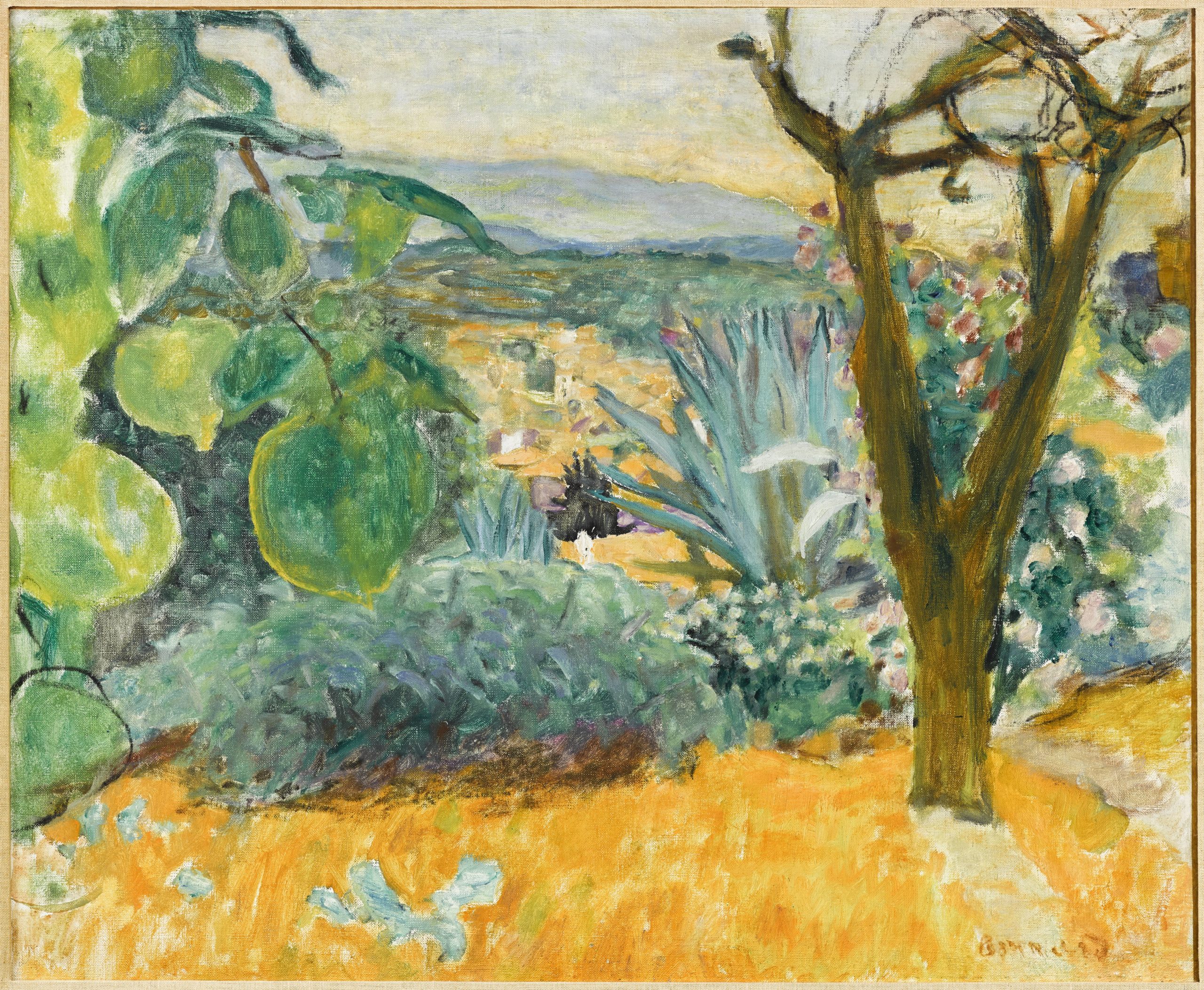Prospective viewers of the exhibition “Monet to Matisse: Impressionism to Modernism from the Bemberg Foundation,” now on display at the Museum of Fine Arts, Houston, would be well advised to preregister online for timed tickets, judging by attendance observed during a recent visit.
This charming exhibition of beautiful perspectives rendered by a host of Modern French masters has undeniably broad appeal due to its artistic content and more. For the many who are seeking an uplifting diversion, a happiness-inducing escape from current worldly concerns (to employ the French art of nuance), it’s also a powerful draw.
Moreover, as MFAH director and Margaret Alkek Williams chair Gary Tinterow notes in the excellent audio guide, the Houston museum is the only United States venue for this exhibition, comprising about 90 paintings and works on paper from the “exceptional” collection of the late philanthropist Georges Bemberg (1915 to 2011.) The collection of paintings is normally found in the Bemberg Foundation museum, currently closed for renovations, in the elegant French Renaissance Hotel d’Assezat in Toulouse.
The MFAH exhibition “places nearly all the Modern French masters in context,” Tinterow explains, citing among them marquee names such as Claude Monet, Paul Cezanne, Berthe Morisot, Paul Signac, Henri de Toulouse-Lautrec, and Pierre Bonnard, who quite deservedly gets almost a whole room to himself to accommodate works showing his evolution through various stages.

Moving from gallery to gallery, viewers take a pleasant journey tracking attractive works illustrating the progression of late 19th and early 20th century French painting movements, from Impressionism through Pointillism to Symbolism and Fauvism. Those who are familiar with the artists’ works from the same periods represented in the Beck Building should be happy to see more of their works in this exhibition.
I highly recommend accessing the audio guide online as a preview before going to the show to reap the benefits of the well-informed descriptions of selected images by exhibition curators Ann Dumas and Helga Aurisch.
For example, Monet’s Boats on the Beach at Etretat (1883, oil on canvas, Bemberg Collection) prompts the curators to discuss the Impressionist trait of painting en plein air (in the open air, outdoors), with Aurisch providing the intriguing nugget that “we also know that he (Monet) actually painted on the shores because there is sand on the canvases.”
“He loved painting by the sea because of the quality of the light,” Dumas notes. “He traveled and painted a whole series of views of this particular coastline.”
Such descriptions pull us into the exhibition, giving us a feeling of empathy, intimacy and commonality with the appreciative curators as well as the painter and the time and place in which a particular work was done, making us want to see the real thing.
Paintings That Transport
Once we arrive on site, there’s the thrill of making a personal connection with paintings that depict scenes we’ve been able to see and appreciate with sharpened senses on a past vacation. We may relive the feeling of soft breezes and rhythmic sound of lapping waves, see the lush vista of tropical green landscapes, remember the specter of silhouettes of sailboats passing as slowly and gracefully as swans on a faraway horizon, while standing in the same place where many others stood before us in time, lost in similar visions.
One may well be so transported while viewing Eugene Boudin’s Crinolines on the Beach (1863, oil on panel, Bemberg Collection).
Boudin (1824 to 1898) was among the first French landscape painters to paint en plein air. He painted numerous seashore scenes like Crinolines in his time, with fashionably (and heavily) dressed ladies and gentlemen socializing on the sand under endless, cloud-swept skies.
In fact, Boudin was said to have created a new genre: “la scene de plage” (the beach scene, emerging in the 1860s as a social setting), and was described as “le maître du ciel”(the master of the sky) in a publication (Beaux Arts’ Le journal de l’expo) accompanying a 2013 Boudin exhibition at Musee Jacquemart-Andre in Paris – another type of treasured Proustian souvenir.
You may well feel the same sense of kinship with Georges Bemberg in singling out Bonnard as your favorite, especially when you come to Bonnard’s Le Cannet (1930, oil on canvas, Bemberg Collection). This eye-arresting piece, which offers a landscape view of the village of Le Cannet, is highlighted by brilliant cadmium yellow and bold green colors.
It’s easy to see how the sunswept French Riviera could infatuate previously urban-anchored artists, ardently determined to capture, replicate and expand on the stimulating palette of vivid colors in a happy new perspective of paradise, transmitted through the ages to grateful observers.
If there is an emotional theme running through this show, based on my impressions, it would be happiness. In fact, many of the participating artists were recognized in their own time for their ability to evoke this feeling in observers of their works. Gertrude Stein was quoted as exclaiming “Raoul Dufy est plaisir!” (Raoul Dufy is pleasure!) in a publication accompanying a 2008-09 retrospective of Dufy (1877-1953) at the Museum of Modern Art in Paris fittingly entitled “Raoul Dufy: le plaisir” which evoked endless delighted smiles from me and other visitors.
To preregister for tickets to this MFAH exhibition, which runs through September 19, go to the exhibition website and choose a month, date and time from among the 15-minute segments shown. As stated on the ticket, “Face masks and social distancing are recommended” — advice I strongly endorse, especially as there were more people in the exhibition galleries than I had anticipated on the weekday I visited.
Exhibition tickets are free for MFAH members and children age 12 and younger. Tickets are priced at $23 for adults age 19 and above, and $18 for seniors age 65 and above, military, college students, and teens aged 13 to 18.